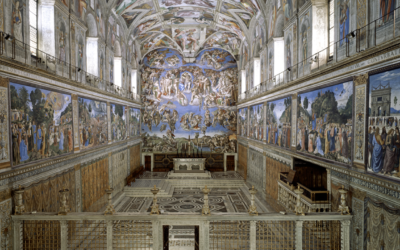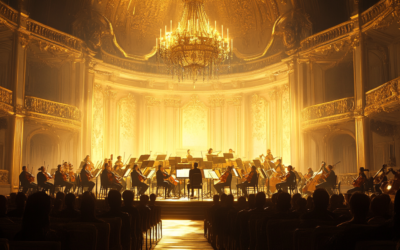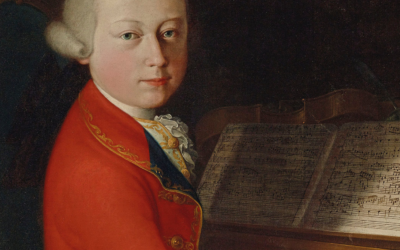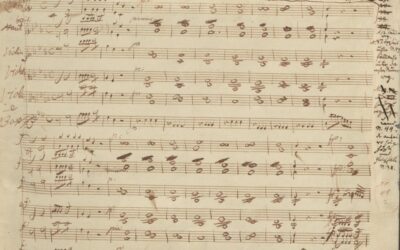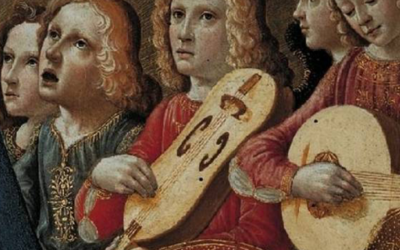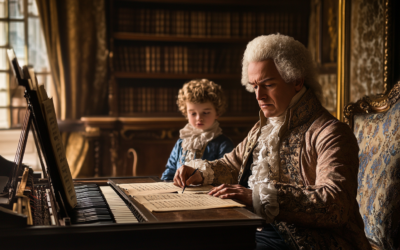Unpacking Mozart's K.89
Unpacking Mozart's K.89
This post explores the simplistic nature of Mozart’s Kyrie K.89, revealing the truth behind his early canonic compositions and their implications on his perceived genius.
Mozart: The Fall of the Gods
This book offers a fresh and critical look at the life of Wolfgang Amadeus Mozart, challenging the myths that have surrounded him for centuries. We strip away the romanticised image of the “natural genius” and delve into the contradictions within Mozart’s extensive biographies. Backed by nearly 2,000 meticulously sourced citations, this work invites readers to explore a deeper, more complex understanding of Mozart. Perfect for those who wish to question the traditional narrative, this biography is a must-read for serious music lovers and historians.
"The incapacity to adhere to compositional rules illustrates the absence of a school and a teacher; mere imitation does not equate to mastery."
Mozart: The Fall of the Gods
When we think of Wolfgang Amadeus Mozart, the image of a prodigious genius often overshadows the reality of his musical development. One area of his work that deserves scrutiny is his treatment of canons, particularly in his Kyrie K.89. While canons are frequently seen as an entry point into the world of polyphony, Mozart’s versions reveal a stark simplicity that belies the complexities often associated with great composers.
The canon, a straightforward and rigorous compositional technique, is typically the first form grasped by children learning music. Yet, Mozart’s attempts at this form in his K.89 are fundamentally elementary, mainly employing unison voices and imitating the style of his supposed mentor, the Marchese de Ligniville. The notion that these canons serve as evidence of Mozart’s mastery of counterpoint is questionable, as his works primarily reflect a lack of deeper understanding rather than a profound artistry.
Many scholars, including Hermann Abert and Neal Zaslaw, have suggested that Mozart may have benefitted from Ligniville’s teachings during a brief stay in Florence. However, the reality of this mentorship remains vague, with only a few days available for instruction. The assertion that K.89 demonstrates Mozart’s familiarity with counterpoint is undermined by its reliance on copying rather than original composition. The piece consists of merely repeating simple motifs, leading to a product that lacks musical depth and sophistication.
The K.89 is essentially a pastiche, with Mozart replicating two-bar and three-bar phrases rather than crafting a genuinely innovative work. This method of composition results in a repetitive structure that fails to engage the listener on any meaningful level. Critics have noted that the final cadenza is riddled with compositional errors, indicating a lack of guidance and proper schooling in counterpoint.
Furthermore, the idea that K.89 should be held up as a testament to Mozart’s genius is misguided. The work serves as a reminder of the danger in romanticising his early output. While Mozart may have been adept at imitating others, true innovation and mastery require more than mere replication; they necessitate a comprehensive understanding of musical language and form.
In essence, K.89 stands as a historical curiosity rather than a hallmark of genius. It exemplifies the early stages of a composer still grappling with the fundamental principles of music rather than demonstrating an accomplished mastery of the craft.
You May Also Like
The Legend of Mozart’s Miserere
The enduring popularity of the narrative surrounding Mozart’s Miserere highlights the allure of the prodigy myth, but as we peel back the layers, we uncover a more nuanced picture of his life and the musical landscape of the time. The reality often contrasts sharply with the romanticized tales that have shaped our understanding of his genius.
Rediscovering Musical Roots: The World Premiere of Gasparini and Mysliveček
This December, history will come alive as the Camerata Rousseau unveils forgotten treasures by Quirino Gasparini and Josef Mysliveček. These premieres not only celebrate their artistry but also reveal the untold influence of Gasparini on Mozart’s Mitridate re di Ponto. A pivotal event for anyone passionate about rediscovering music history.
The Curious Case of Mozart’s Phantom Sonata
In a striking case of artistic misattribution, the Musikwissenschaft has rediscovered Mozart through a portrait, attributing a dubious composition to him based solely on a score’s presence. One has to wonder: is this music really Mozart’s, or just a figment of our collective imagination?
The Unveiling of Symphony K.16
The Symphony No. 1 in E-flat major, K.16, attributed to young Wolfgang Mozart, reveals the complex truth behind his early compositions. Far from the prodigious work of an eight-year-old, it is instead a product of substantial parental intervention and musical simplification.
The Cibavit eos and Mozart’s Deceptive Legacy
The Cibavit eos serves as a striking reminder that Mozart’s legacy may be built on shaky foundations, questioning the very essence of his so-called genius.
K.143: A Recitative and Aria in the Shadows of Doubt
K.143 is a prime example of how Mozart scholarship has turned uncertainty into myth. With no definitive evidence of authorship, date, or purpose, this uninspired recitative and aria in G major likely originated elsewhere. Is it time to admit this is not Mozart’s work at all?


